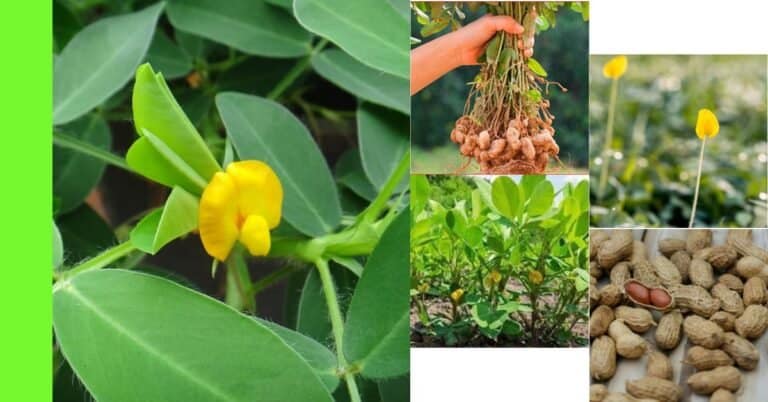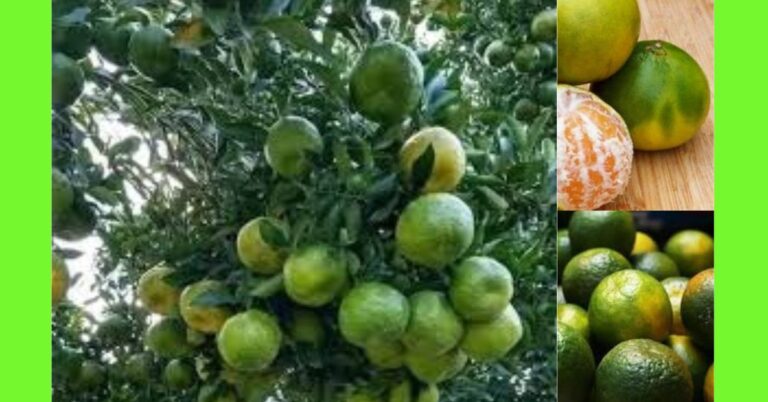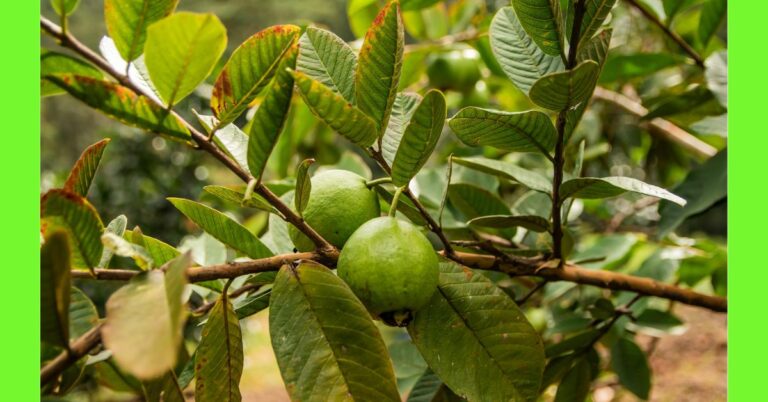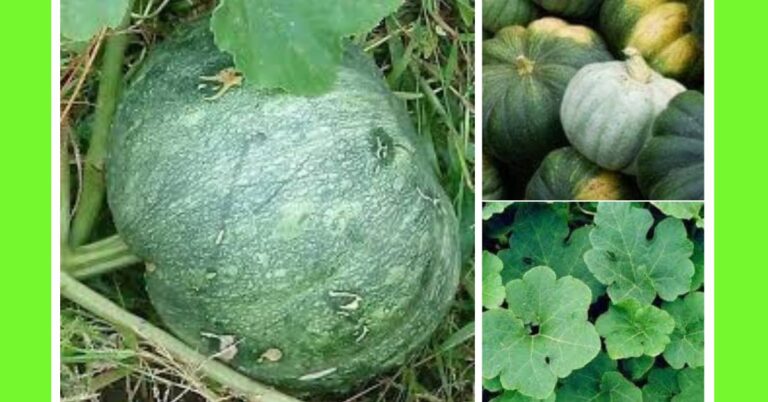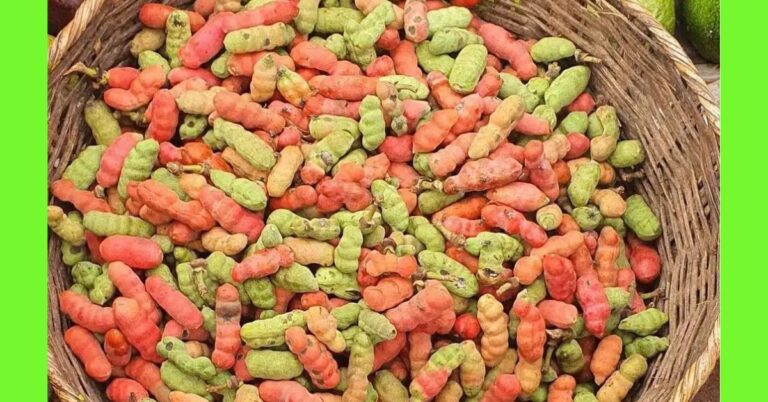Planting PawPaw: See How To Plant PawPaw

Pawpaw (Carica papaya) from the caricaceae family is a tropical plant and a very popular fruit in Nigeria.
Its loved for its sweet taste and the nutritional benefits
Pawpaw is one plant you’ll love to have in your home garden,
And if growing it on a commercial scale it’s also very profitable.
This plant can live up to about 10 years but it production declines as it gets older
For commercial planting it’s advised to replace pawpaw trees 3 to 4 years old with new once.
Description of the Plant
Pawpaw plant is a tree that grows upright, the height differs depending on the variety.
While there are dwarf species that are 1.5 m (5 ft) – 2.1 m (7 ft) in height,
The other varieties can be 6 m (19.6 ft) – 8 m (26.2 ft) tall.
The plant is made up of a trunk (stem), leaves, flowers, fruit and roots beneath the ground.
The plant has no branches but there are rare occasions when a branched pawpaw tree is seen.
The trunk:
The trunks is semi woody and rough, these is causes by the dents left on the tree when the leaves fall off,
The inside of the truck is made up of sponge like substance and a hole in the center (it’s described as being hollow).
It brings out milky sap when injured or cut.
The leaves:
The leaves are green in colour, palmately lobed, wide, flat and rough
Its has visible veins that are present on all 5 to 9 lobed leaves,
The stem (petiole) of the leaves are hollow,
When the leaves are torn it produces milky sap,
The leaves can be 20 cm (7.8 in)to 30 cm (11.8 in) wide.
The flower:
Pawpaw plant is a dioecious plant meaning that it bears the male flower and female flower separately.
So there is a male pawpaw tree and female pawpaw tree
The sex of the tree is known by the flowers it produces
The male tree does not produce pawpaw fruits, it’s the female tree that produces fruit
But the male tree is needed for pollination by insects.
In some instances pawpaw trees can be hermaphrodites having both the male and female flower on one tree.
And also bisexual varities that have flowers that possess both male and female properties in one flower.
The male flower has pollen inside the petal. They produce flowers on long stalks while the female flower is bigger and has a bulbous structure inside the petals.
The colour of the flower petals are white, yellow or green.
Check to know the sex of your pawpaw plant as only the female produces fruits.
While its necessary to have the male tree, to have more harvest you do not need so much of it
At least one male plant the rest of the plant should be female plants
A good ratio of male to female plant is 1:10
That is a farm of about 10 pawpaw trees, one male plant is okay the remaining 9 should be female plants.
Cut down male plants that are not needed once they are identified.
Both male and female plants are exactly alike in the tree structure; it’s the flowers that tell the difference.
The fruits:
The fruits are usually oval in shape but there are round varieties.
Its made up of the skin, flesh and seed
The skin is green in colour and turns yellow or yellowish orange when ripe.
The flesh is orange in colour and has a sweet taste when ripe, the flesh is reddish – orange in some varieties.
It’s filled with lots of small rounded black seeds inside the fruit.
The roots:
It has a widely spread shallow root, beneath the soil.
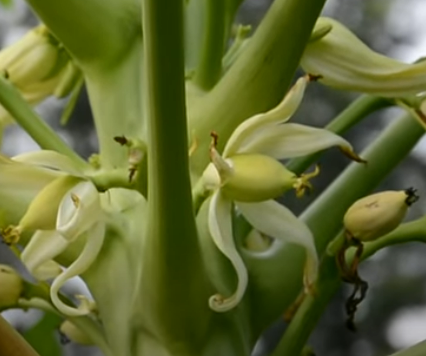
Female flower
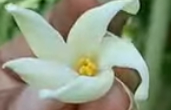
Male flower
Planting Season for Pawpaw
Pawpaw can be planted anytime of the year but best in the month of April to June which is in the rainy season.
Planting Pawpaw
Step 1 – Choose a Location
They can grow in most kinds of soil but Loamy soil is the best.
Pawpaw grows well in hot areas, it should have enough access to sunlight.
Avoid waterlogged soil.
Some varieties can be grown in containers 60 L – 100 L containers can serve.
Step 2 – Land Clearing and Preparation
Before you plant, clear and prepare the soil for planting
Cut down shrubs and grasses, remove any dirt such as nylons or paper
Till the soil to loosen it,
This is very important for the crop to produce well.
Apply manure to the soil and incorporate it into the soil.
Step 3 – Means of Propagation
Pawpaw is propagated through seeds,
Seeds and seedling can be purchased from nurseries
You can as well prepare your own nursery although the plant does well when planted directly into the soil.
And seed can be gotten from a ripe pawpaw fruit.
To plant pawpaw, get ripe pawpaw fruit and bring out the seed.
Or purchased seeds
It can also be propagated by cutting the tree with branches, the branches should not be more than 1.2 m (4 ft) long.
Plant them in the nursery first for 2 to 3 months before transplanting them.
Seed Selection when Planting Pawpaw
Pawpaw has lots of varieties
Select your preferred variety
Some examples of pawpaw varieties are:
- Homestead,
- Pink solo,
- Kapoho solo
- Red Royale F1 Dwarf Pawpaw
- JS.22 etc.
How to prepare fresh Pawpaw seed for planting
For seeds harvested from fresh pawpaw you don’t just plant them into the ground
Let’s look at the steps to prepare the seed for planting.
Wash the seed 2 or 3 times to remove the outer covering (the shiny skin)
Or gently rub the seeds in sand and wash off with water.
Dry the seed in a shady place (air dry) do not dry under sun.
Step 4 – Plant the Seed
Sowing directly into the ground
Make a hole about 2.5 cm (1 in) deep in the soil and sow the dry seed
Plant one seed to one hole
Cover the seed with soil.
To make make a nursery
In a tray, poly-sac fill up this container with soil and water deeply.
Plant the seeds in the container.
After about 8 – 12 weeks after planting the plant should be ready for transplanting.
Transplanting
Make a hole twice the size of the container housing the seedling
plant the tree at the center of the hole.
Cover the hole back with soil
Plant 1.5 m (5 ft) to 2 m (6.5 ft) between plants and 2 m (6.5 ft)to 4 m (13 ft) between rows.
Step 5 – Watering
Water nursery plant every two days
Water immediately after planting
Pawpaw needs little water though it should be watered regularly in the dry season at least every two weeks.
Step 6: Apply Manure
Manure should be applied to the pawpaw plant two to three a year.
The different growth stages of pawpaw growth require different amount of nutrient
Growth stages are
- Seedling
- Vegetative
- Pre-flowering
- Flowering
- Fruit development
- And harvest
All of these stages require different amount of manure.
The plant needs nitrogen (N), phosphorus (P), and potassium (K) and other micronutrients.
Maturity and Harvest
Seed germinate within 2 weeks of planting
Depending on the species it begins to produce fruit between 6 months – 12 months after planting.
They can be harvested when the fruit is green or fully ripe (yellow, yellowish green, yellowish orange).
Care should be taken in order not to injure the fruit during harvest.
Use a long stick to hit down the pawpaw if it is higher than your hand can reach, if not gently pull it down.
Before pawpaw get ripe mature fruits are still green but how do you identify them
Matured fruits have a tinge of yellow on it compared to the full green in matured fruit,
it’s a bit yellow at the blossom end of the fruit.
If harvested before it matures it will not get ripe properly.
Matured fruits can be harvested before they ripe, pawpaws can ripen off the tree.
Pawpaw trees can produce 50 to 100 fruit in a growing season, depending on the variety.
It takes between 1 to 4 weeks for pawpaw to be fully ripe when harvested depending on what stage it was in before harvest.

Green in mature pawpaw

Matured Pawpaw ready for harvest.
Pest and Diseases
Pests
Some of the pest that affect Pawpaw include
- Scale insects
- Pawpaw Mealy Bugs
Diseases
Some of the diseases that affect pawpaw include
- Anthracnose disease
- Bacterial canker and dedine
- Phytophthora friut rot
- Papaya ring spot
- Charcoal spot
- Black rot
- Cercospora black spot
- Bunchy top
- Powdery mildew
Pest and Disease Control
- Remove infected parts and dispose them properly
- Provide proper nutrients to trees to withstand infection
- Use of tolerant varieties of pawpaw
I hope you find this article helpful?



